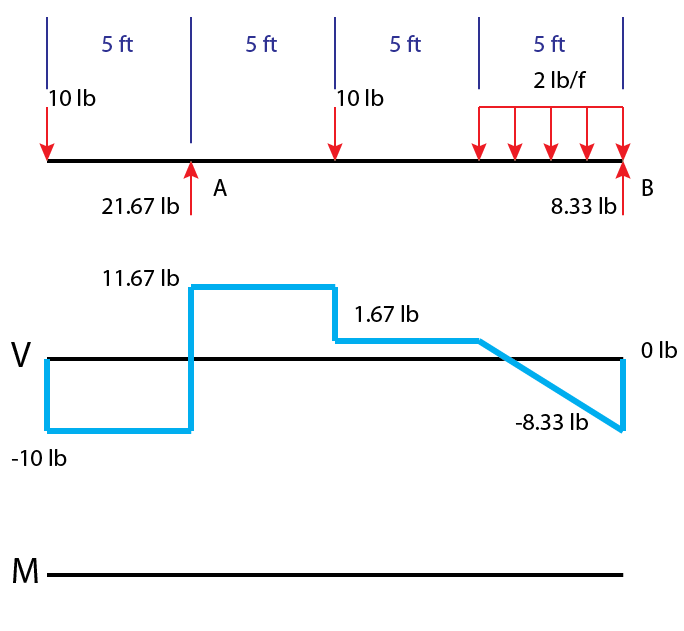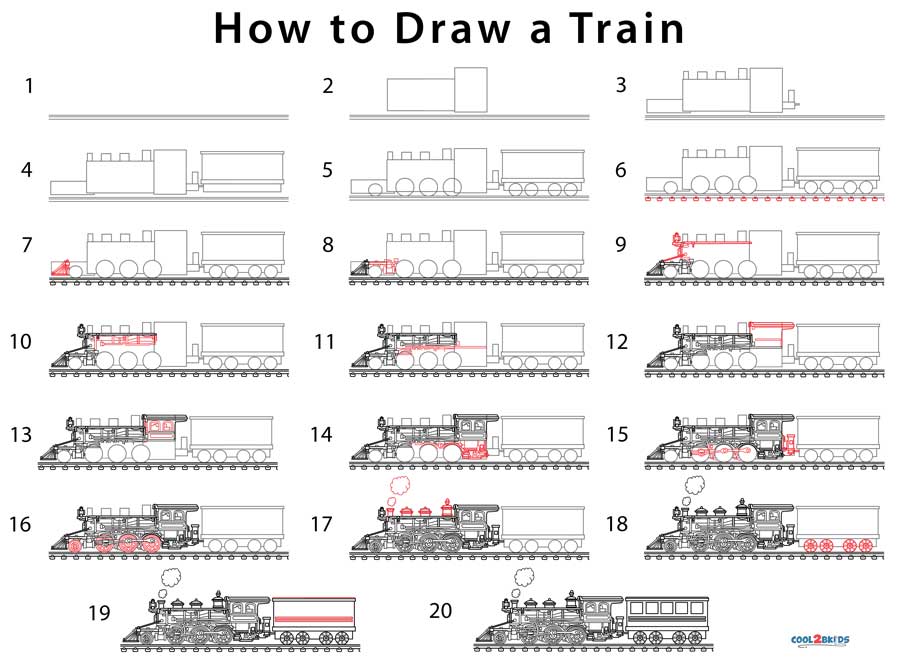Learn how to draw shear force and bending moment diagrams
Table of Contents
Table of Contents
Are you struggling with understanding how to draw moment diagrams? Do you find it difficult to visualize the shear and bending forces in a beam? If so, you’re not alone. Many students and engineers alike struggle with this fundamental concept. But fear not, in this article, we’ll break down the steps to drawing moment diagrams in a clear and concise manner.
When it comes to structural analysis, drawing accurate moment diagrams is crucial. However, understanding the steps can be confusing and difficult to comprehend. It’s important to understand the concept behind moment diagrams and the shear and bending forces in a beam. Without proper visualization and understanding, it can be challenging to complete a successful analysis.
The first step to understanding how to draw moment diagrams is to understand the concept of moments. A moment is a turning effect caused by a force acting on a distance from a pivot point. In the case of beams, moments cause bending. A shear force causes a beam to break or split along the axis.
In summary, we’ve covered the importance of understanding moments and the shear and bending forces in a beam. It’s crucial to understand these concepts before diving into the steps of drawing moment diagrams.
How to Draw Moment Diagrams
When it comes to drawing moment diagrams, the first step is to calculate the shear forces and bending moments at specific points of the beam. Once this information is gathered, it can be plotted on a graph, called a shear force and bending moment diagram.
Personally, I found it helpful to break down the steps of drawing moment diagrams into smaller sections. For example, drawing a quick sketch of the beam and labeling the forces acting on it. Then, calculating the reactions forces, and finally, determining the shear forces and bending moments at different points in the beam.
 The Method of Superposition
The Method of Superposition
Another method for drawing moment diagrams is the method of superposition. This method is especially helpful for beams with multiple loads. Simply put, the method of superposition involves finding the moments caused by each load separately and then adding them together to find the total moment diagram.
When I studied this method, I found it helpful to create a table with the loads and the corresponding moments caused by each load. Then, adding together the moments to find the total moment diagram.
 ### Bending Moment Equations
### Bending Moment Equations
The equations used for bending moments depend on the shape of the beam and the type of load placed upon it. It’s important to have a deep understanding of these equations to accurately calculate the bending moments at specific points along the beam. For example, different equations are used for cantilever beams compared to simply supported beams.
 #### Maximizing Beam Strength
#### Maximizing Beam Strength
To maximize the strength of a beam, it’s important to be aware of how the shear and bending forces can cause a beam to fail. Understanding the location of the maximum bending moment along the beam is key to reinforcing the beam’s strength. Additionally, understanding the location of the maximum shear force can help prevent the beam from cracking or breaking.
 Frequently Asked Questions
Frequently Asked Questions
Q: What is the shear force in a beam?
A: The shear force in a beam is the force acting perpendicular to the axis of the beam.
Q: What is the bending moment in a beam?
A: The bending moment in a beam is the moment created by a force acting perpendicular to the axis of the beam.
Q: Why is it important to draw moment diagrams?
A: Moment diagrams are crucial for structural analysis, and they help engineers understand the shear and bending forces acting on a beam. An accurate moment diagram ensures the beam is strong enough to withstand the loads acting on it.
Q: What is the method of superposition?
A: The method of superposition involves finding the moments caused by each load separately and then adding them together to find the total moment diagram.
Conclusion of how to draw moment diagrams
In conclusion, drawing accurate moment diagrams is essential to successful structural analysis. By understanding the concepts of moments and shear and bending forces, breaking down the steps into smaller sections, and learning the method of superposition, you’ll have the tools necessary to accurately draw moment diagrams. Remember to also be aware of maximizing beam strength and understanding the equations used for bending moments. With these tips, you’ll be well on your way to mastering the art of drawing moment diagrams.
Gallery
How To Draw Moment Diagrams | ReviewCivilPE

Photo Credit by: bing.com / diagrams shear
Shear Force And Bending Moment Diagram For All Types Of Beams | Bending

Photo Credit by: bing.com / shear bending calculate shearing formulas discoveries consultancy zahan kunci jawaban framed
Learn How To Draw Shear Force And Bending Moment Diagrams - Engineering

Photo Credit by: bing.com / shear bending beams wiring discoveries erd penjelasannya ocw masonry
Moment Diagrams Constructed By The Method Of Superposition – Opinion In

Photo Credit by: bing.com /
Moment Diagrams Constructed By The Method Of Superposition - Mo Civil

Photo Credit by: bing.com / shear diagrams beam method cantilever superposition constructed distributed span advantages disadvantages supported



